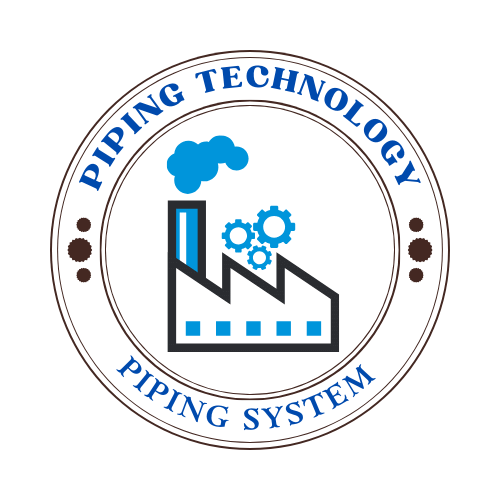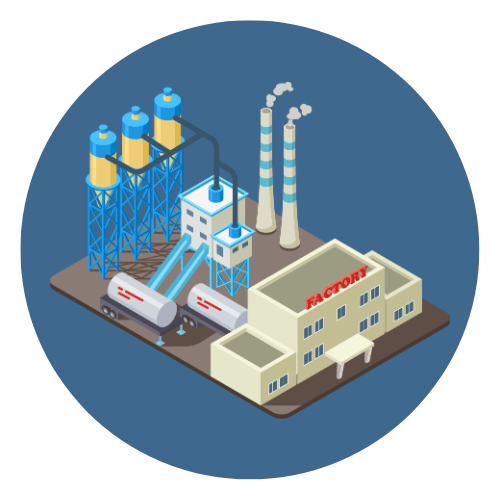
Stainless steel is one of the most widely used and versatile materials in the modern industrial world. Known for its exceptional resistance to corrosion and staining, stainless steel plays a vital role in construction, medical devices, kitchenware, transportation, and many other sectors. Whether it’s the gleaming surface of a kitchen appliance or the durable framework of a skyscraper, stainless steel is a material that combines form, function, and resilience.
The discovery of stainless steel dates back to the early 20th century, when metallurgists found that adding chromium to steel dramatically improved its resistance to rust and corrosion. This breakthrough marked the beginning of a revolution in materials science. Since then, stainless steel has evolved into a broad family of alloys with varying compositions and properties, designed to meet the diverse needs of industries around the globe.
What sets stainless steel apart from regular steel is its chromium content—typically a minimum of 10.5%. This key element forms a thin, passive oxide layer on the surface that protects the metal from oxidizing or reacting with its environment. This unique property allows stainless steel to maintain its appearance and structural integrity even under harsh conditions, including exposure to moisture, chemicals, and extreme temperatures.
Stainless steel is available in several types, including austenitic, ferritic, martensitic, duplex, and precipitation-hardening varieties. Each type offers specific advantages depending on the application, such as high strength, superior ductility, or enhanced resistance to acidic environments. These characteristics make stainless steel a preferred choice in sectors ranging from food processing and healthcare to oil and gas and aerospace.
In this comprehensive guide, we will explore the world of stainless steel in depth. From its chemical makeup and manufacturing process to the different grades and their real-world applications, this article will serve as a definitive resource. Whether you’re a student, engineer, designer, or just curious about materials science, understanding stainless steel is essential in appreciating the backbone of modern infrastructure and technology.
As you continue reading, you will gain a clearer understanding of why stainless steel remains indispensable, how it compares to other materials, and what considerations matter most when choosing the right stainless steel for your project.


 Automation System
Automation System  Energy Engineeing
Energy Engineeing  Instrumentation System
Instrumentation System  Mechanical Engineeing
Mechanical Engineeing  Piping Technologies
Piping Technologies  Transportations
Transportations  Manufacturing
Manufacturing  Training Material
Training Material 













